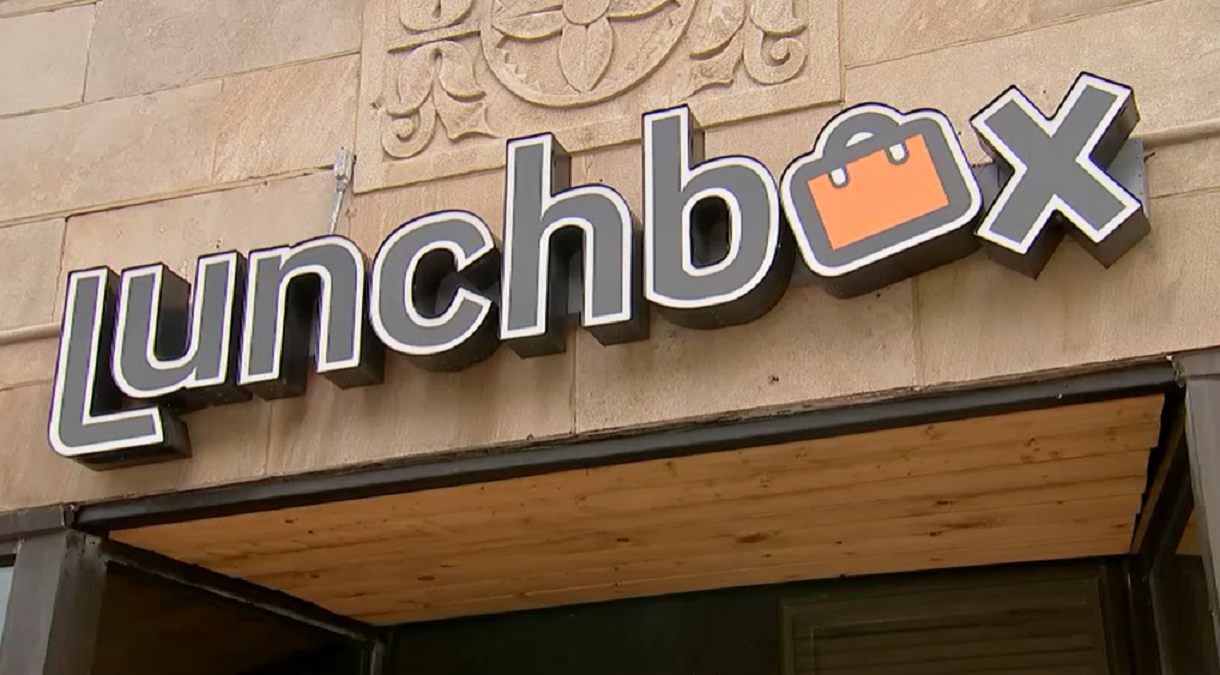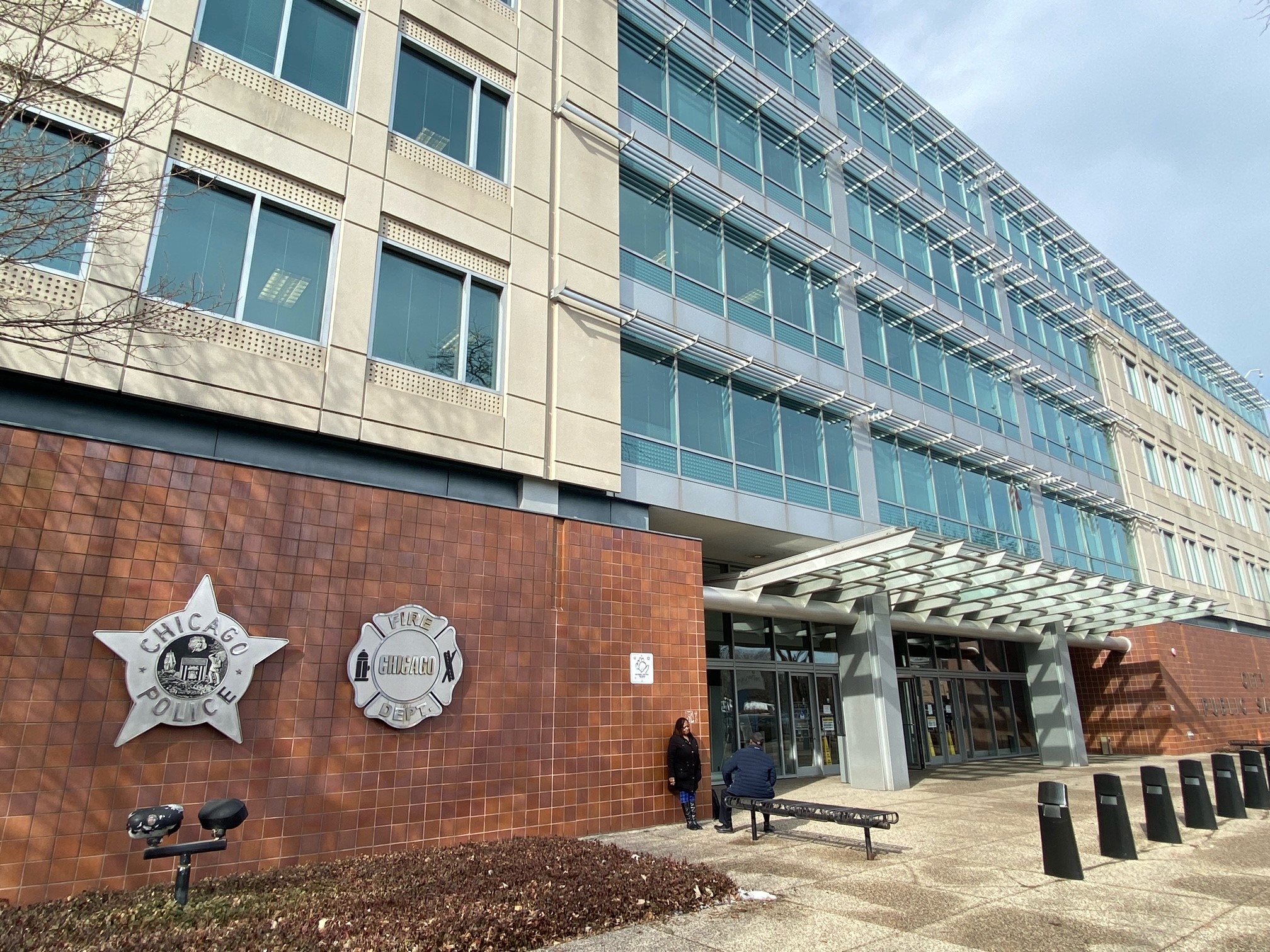A new COVID vaccine will now be available in the U.S. after health officials recommended it Tuesday.
Regulators authorized the nation’s first so-called protein vaccine against COVID-19 last week, but the final hurdle was a recommendation from the Centers for Disease Control and Prevention.
“If you have been waiting for a COVID-19 vaccine built on a different technology than those previously available, now is the time to join the millions of Americans who have been vaccinated,” Dr. Rochelle Walensky, CDC's director, said in a statement, endorsing an earlier decision from an influential advisory panel.
It’s late in the pandemic for a new choice, but the company is hoping to find a niche among some of the unvaccinated millions who might agree to a more traditional kind of shot -- a protein vaccine — and also to become a top choice for boosters, regardless of which type people got first. Only about half of vaccinated adults have gotten a booster.
Feeling out of the loop? We'll catch you up on the Chicago news you need to know. Sign up for the weekly Chicago Catch-Up newsletter here.
So what exactly is Novavax and what should you know about the vaccine? Here's a breakdown.
What is the Novavax vaccine and how is it different?
All of the vaccines used in the U.S. train the body to fight the coronavirus by recognizing its outer coating, the spike protein -- and the first three options essentially turn people’s cells into a temporary vaccine factory. The Pfizer and Moderna vaccines deliver genetic instructions for the body to make copies of the spike protein. The lesser-used Johnson & Johnson option uses a cold virus to deliver those instructions.
Local
In contrast, the Novavax vaccine injects copies of the spike protein that are grown in a lab and packaged into nanoparticles that to the immune system resemble a virus. Another difference: An ingredient called an adjuvant, that’s made from the bark of a South American tree, is added to help rev up that immune response.
Protein vaccines have been used for years to prevent other diseases including hepatitis B and shingles.
Most Americans have gotten at least their primary COVID-19 vaccinations by now, but CDC officials said between 26 million and 37 million adults haven’t had a single dose -- the population that Novavax, for now, will be targeting.
“We really need to focus on that population,” said CDC adviser Dr. Oliver Brooks, past president of the National Medical Association. Hopefully, the vaccine "will change them over from being unvaccinated to vaccinated.”
While it’s unclear how many will be persuaded by a more conventional option, “I'm really positive about this vaccine,” agreed fellow adviser Dr. Pablo Sanchez of Ohio State University.
Who can get Novavax vaccines?
For now, the FDA authorized Novavax's initial two-dose series for people 18 and older.
“I encourage anyone who is eligible for, but has not yet received, a COVID-19 vaccine to consider doing so,” FDA Commissioner Dr. Robert Califf said in a statement.
How effective is the vaccine?
Large studies in the U.S., Mexico and Britain found two doses of the Novavax vaccine were safe and about 90% effective at preventing symptomatic COVID-19. When the delta variant emerged last summer, Novavax reported a booster dose revved up virus-fighting antibodies that could tackle that mutant.
Typical vaccine reactions were mild, including arm pain and fatigue, but regulators did warn about the possibility of a rare risk, heart inflammation, that also has been seen with the Pfizer and Moderna vaccines, mostly in teen boys or young men.
But early on, manufacturing problems delayed the Novavax vaccine — meaning the shots were studied long before the omicron variant hit, so it's not clear how well they hold up against the immune-evading mutant.
Still, Novavax points to lab testing that shows the first two shots do spur production of virus-fighting antibodies that are cross-protective against omicron, including the BA.5 subtype that’s currently the nation’s top threat. A booster dose further revved up cross-protective antibodies.
What are the side effects of Novavax?
Typical vaccine reactions were mild, including arm pain and fatigue. But FDA did warn about the possibility of a rare risk, heart inflammation, that also has been seen with the Pfizer and Moderna vaccines.
According to the company, "serious and severe adverse events were low in number and balanced between vaccine and placebo groups" during clinical trials.
The company notes that the most common reactions were headache, nausea or vomiting, pain at the injection site, fatigues and muscle pain.
When could shots begin?
In its first purchase, the U.S. government bought 3.2 million doses and vaccinations are expected to begin in the next few weeks.
What's next?
The CDC’s advisers unanimously endorsed the two-shot primary series. But several noted that it was important for regulators to clear a booster by the time, five or so months after their last dose, that Novavax recipients will need one.
Also, the two doses typically are given three weeks apart. But CDC officials said that like with other COVID-19 vaccines, it's possible to wait up to eight weeks for the second dose — except for people at the highest risk, who need protection quickly.
The Novavax vaccine also is used in Europe, Canada, Australia, South Korea and other countries. Many allow booster doses, and European regulators recently cleared the shots to given as young as age 12.
The Maryland-based company likewise expects U.S. authorization of a booster dose and teen vaccinations to follow fairly soon.
And like other vaccine makers, Novavax is testing shots updated to better match the newest omicron subtypes -- in anticipation of another round of boosters this fall and winter.



